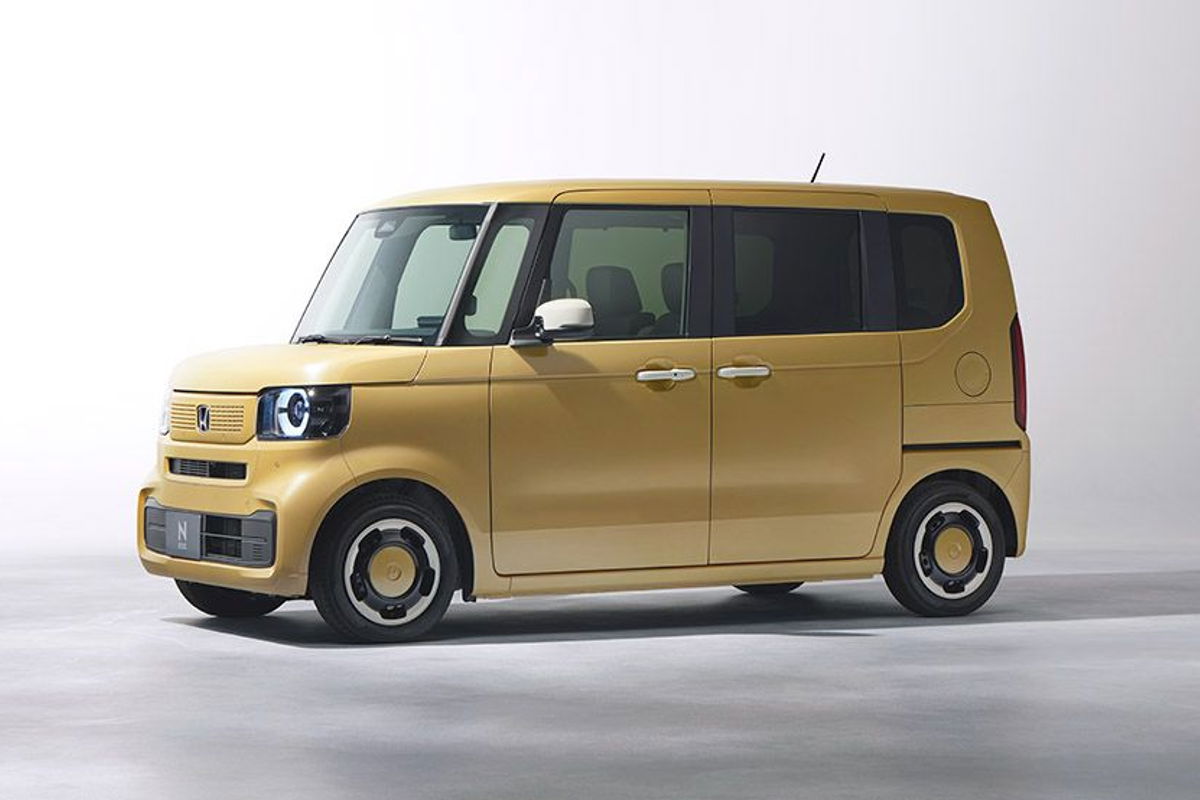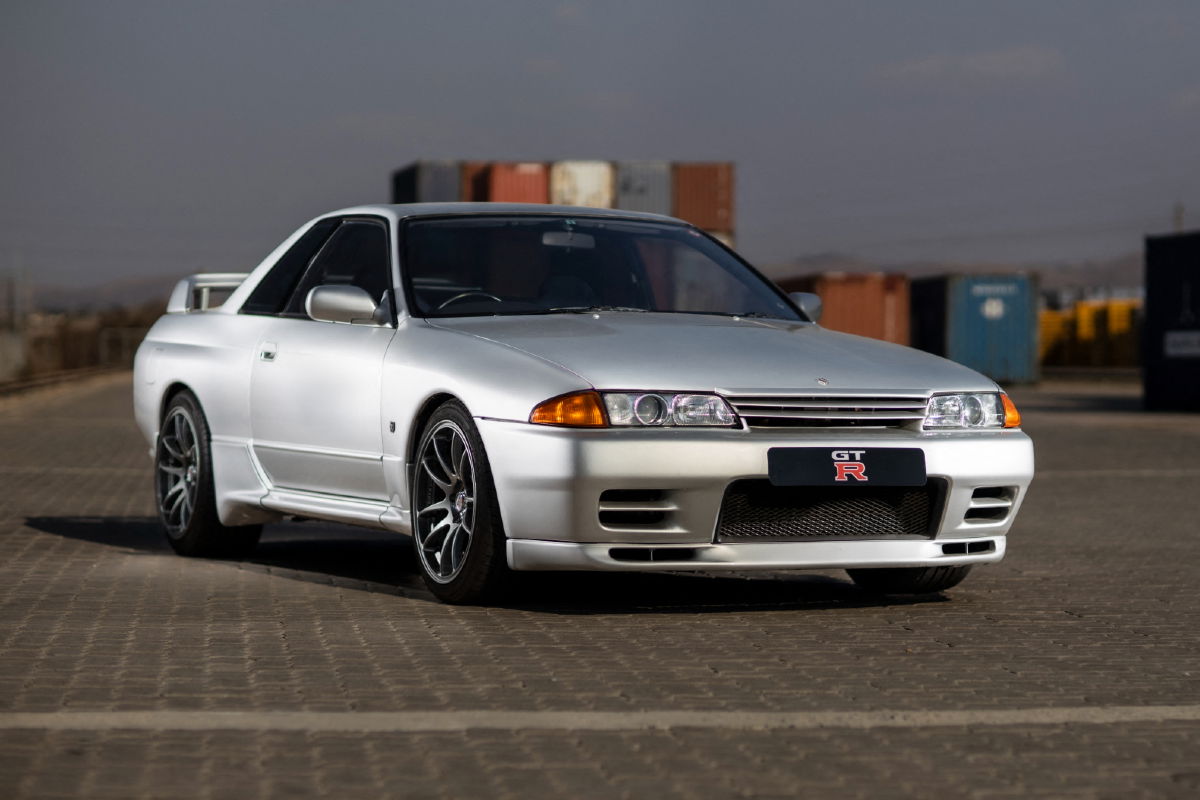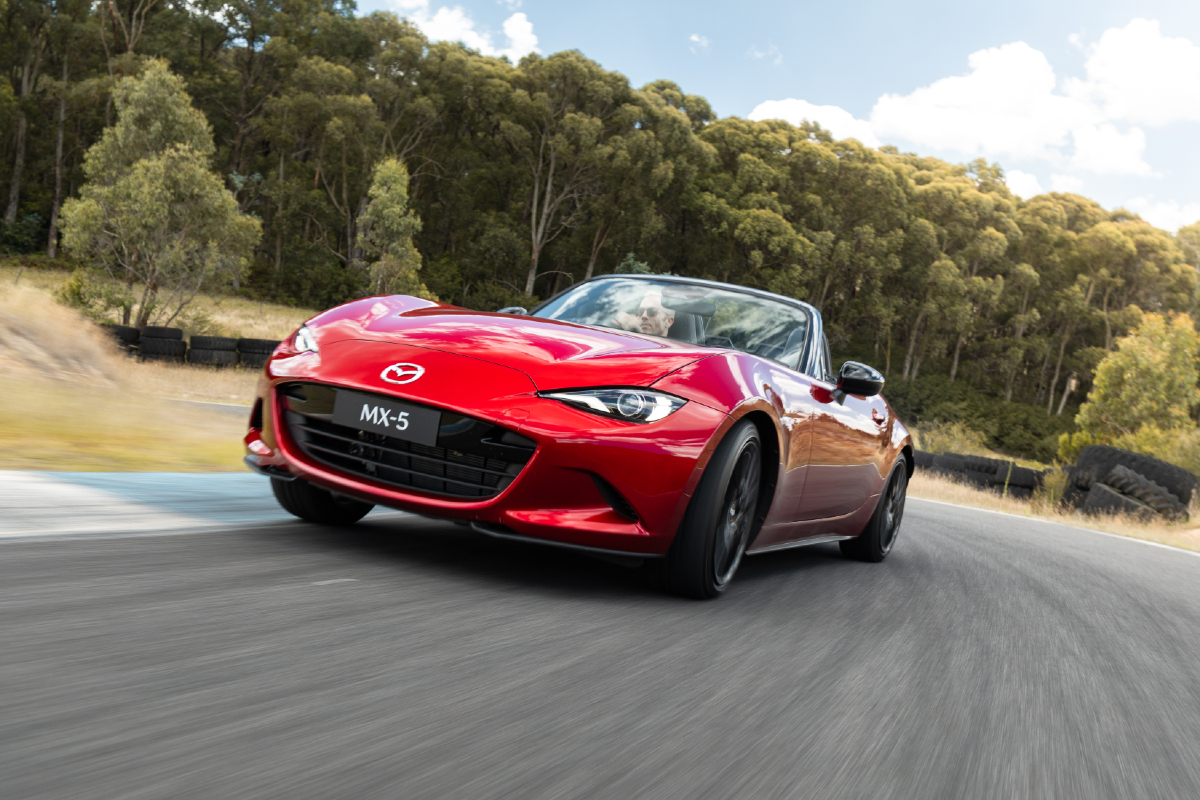
Last weekend I found myself in Japan for the second time this year. Over the last 40 years I’ve been to the country many, many times and I love it. I wouldn’t want to live in the Land of the Rising Sun, but I find it fascinating as a visitor. I’ve both bought and sold literally thousands of cars over there during those four decades.
When I was there in June, I was in and around Tokyo which, as you’d expect, is their most cosmopolitan and richest city. This time I was based in the city of Okayama, some 700km to the west of the capital. And it’s a different world. This is a city famous for the surrounding fruit growing areas as well as general industrial activity, where smaller factories proliferate.
Unlike Tokyo, there is only a tiny foreign population in Okayama and so it’s difficult to find a more Japanese community anywhere. That’s reflected in the car world there. This is a city with almost no foreign built vehicles on the street. In fact, there are hardly any expensive cars driving around of any make or origin. The landscape is totally dominated by Kei cars. These are small, exclusively Japanese built, cars with a maximum engine capacity of 660cc and strict size rules, being no more than 3.4m long.
The big sellers are models such as the Honda N-Box and the Daihatsu Canbus. They, like almost all K-cars, are boxy contraptions designed to make the most of the limited footprint they are allowed to occupy. This makes perfect sense in a country with a population five times that of Australia that occupies a land mass five per cent of the area of our country.
The numbers of these K-cars in greater Japan, away from the huge cities of Tokyo and Osaka, also shows that the vast majority of locals are simply using their vehicles as A to B transportation and care little for the use of a car as a means to project an image. That’s not to say that there isn’t a great car culture in Japan – there is, but it’s concentrated within a smaller percentage of the population than in Australia, for instance. I have to say that the no nonsense approach of the average citizen in Japan to everyday motoring (as opposed to having fun) appeals to me. It’s economical and represents real frugality of the use of resources and space.

The average Japanese, like the average Italian or Frenchman, doesn’t see the daily car as a status symbol of any type, unlike so many folk in English speaking countries.
As for that genuine car culture that Japan is, rightly, famous for, it exists in pockets such as racing, classic cars, drifting, and also heavily modified street rods. But, for me, that car culture is not the same as it was 30 years ago. Too many young people in Japan these days just aren’t interested in car and many don’t have licences. The pinnacle of the car industry there was reached, in many ways, the 1990s.
This was the era that gave the world such sensational vehicles as the Nissan Skyline R32, the original Mazda MX-5 and the first Honda NSX. Plus many more besides.
Some cars from those heady days were lemons. For instance, the Mitsubishi 3000GT, an overweight, over complicated two-door coupe that wasn’t a patch on the Skyline or even the Toyota Supra of the day. There were others.
But the icons of the age really were icons.
Take the MX-5. Mazda took the theme of the simple, financially accessible, two seater sports car pioneered by the Brits with cars such as the Austin Healey Sprite, the MGB and the Triumph TR range, and made a better mousetrap. By a mile.
For those populations that had grown up on MGs (British ones, not Chinese) and then such dogs as the Triumph TR7, the introduction of the Mazda was a moment of great joy. It was so simple it wasn’t true. Plus, it was built properly. The TR7 had died an ignominious death almost a decade beforehand and, with it, put the final nail in the coffin of the affordable British sports car. It was totally self-inflicted as the final TR model was not only ugly, but it was built to standards of finish that wouldn’t have got past the inspectors at a Russian Lada factory of the same period.

And after that initial wave of superb Japanese debutants in the early ’90s, came cars such as the Subaru Impreza WRW STI range (plus the 22B) and the Mitsubishi Lancer Evo models which remain highly sought after in so many places today.
Almost every manufacturer came out with something sporty and special, with varying degrees of success. But they were all trying. Contrast that to the scene today. With the exception of the Civic Type R, it’s difficult to find anything of interest to car enthusiasts in the Japanese portfolio apart from at Toyota these days.
At least Toyota has the Yaris GR, the GR86 and the Corolla GR, remembering that the Supra is just a BMW in drag.
The motoring scene in Okayama last weekend reflected a society where the car really is just like white goods, like a washing machine or a dishwasher. Whilst that’s boring for some of us, it’s also a reflection of reality these days and maybe shows where we’ll be at in years to come in Australia.
That won’t be the end of the world as long as we still have the means to enjoy the fun side of cars as well, whether that’s a weekend runabout, off roading or racing.
I, for one, would gladly limit my weekly urban driving to something small and boring, if it meant that I could guarantee the freedom to drive what I wanted, where I wanted at the weekends or days off. Is that where we’re going?
In the meantime, I wish the folks at Honda, Nissan and Subaru, in particular, would get back to giving us some of the ground breaking, politically incorrect, products that they built their brands upon in the 1990s, even if they only sell in small numbers. Surely such cars can be a point of difference for them against the rise of the Chinese brands?













Discussion about this post